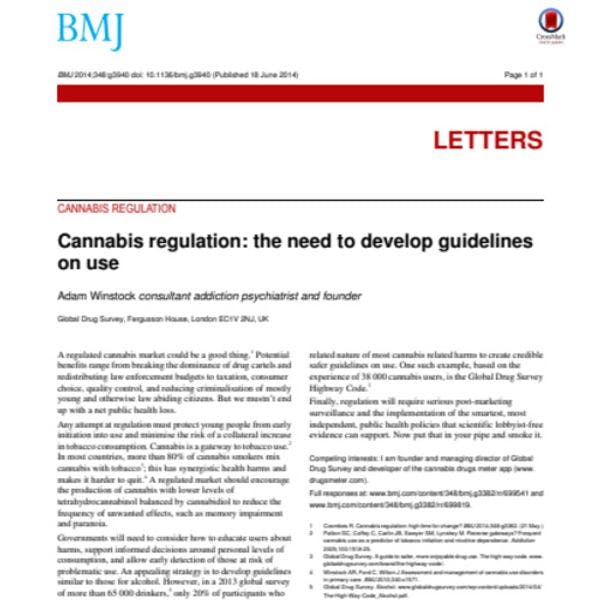La regulación del cannabis y la necesidad de desarrollar directrices sobre su uso
Un mercado regulado debe fomentar la producción de cannabis con menores niveles de tetrahidrocannabinol, equilibrado con cannabidiol, para reducir la frecuencia de los efectos no deseados. Más información, en inglés, está disponible abajo.
Suscríbase a las Alertas mensuales del IDPC para recibir información sobre cuestiones relacionadas con políticas sobre drogas.
A regulated cannabis market could be a good thing. Potential benefits range from breaking the dominance of drug cartels and redistributing law enforcement budgets to taxation, consumer choice, quality control, and reducing criminalisation of mostly young and otherwise law abiding citizens. But we mustn’t end up with a net public health loss.
Any attempt at regulation must protect young people from early initiation into use and minimise the risk of a collateral increase in tobacco consumption. Cannabis is a gateway to tobacco use. In most countries, more than 80% of cannabis smokers mix cannabis with tobacco; this has synergistic health harms and makes it harder to quit. A regulated market should encourage the production of cannabis with lower levels of tetrahydrocannabinol balanced by cannabidiol to reduce the frequency of unwanted effects, such as memory impairment and paranoia.
Click here to read the full article [restricted access].
Keep up-to-date with drug policy developments by subscribing to the IDPC Monthly Alert.
